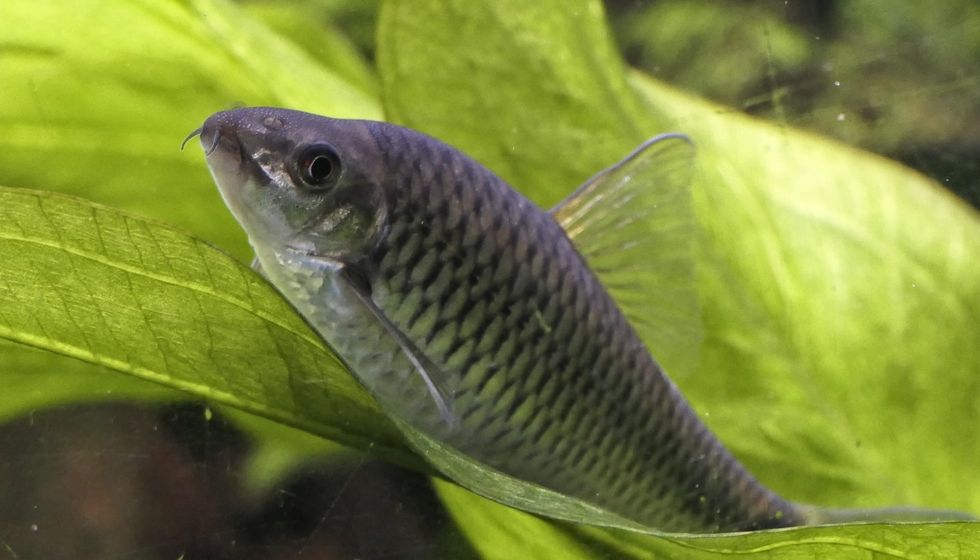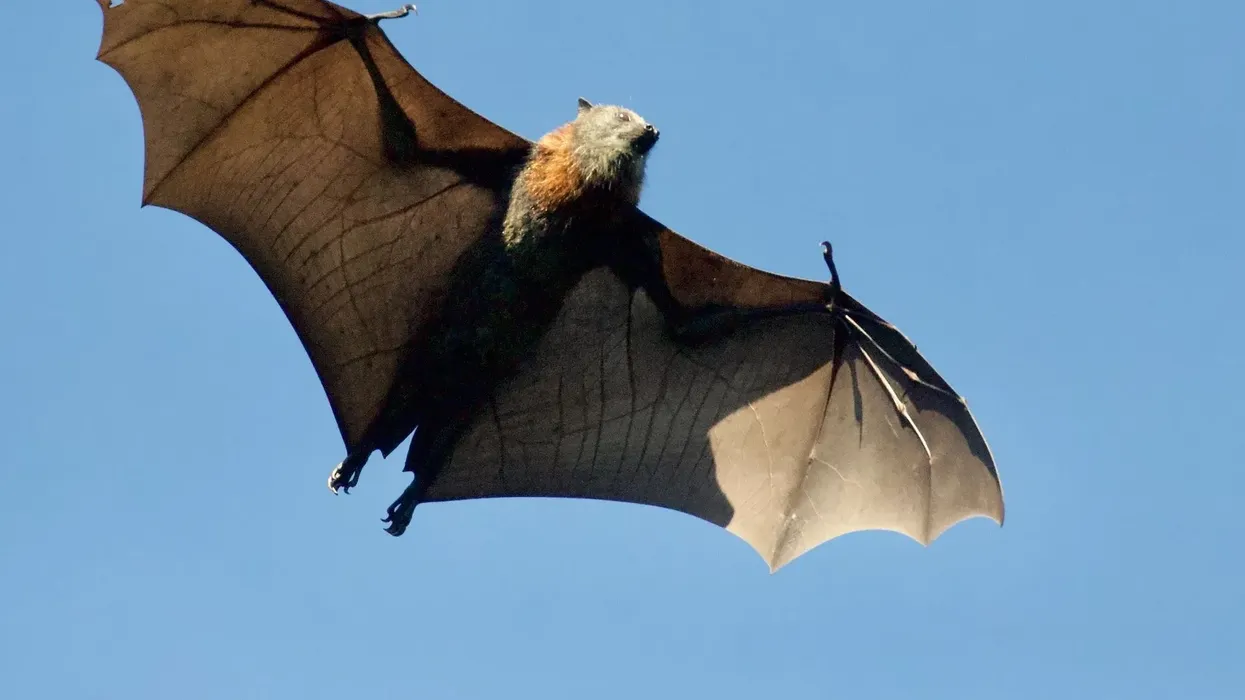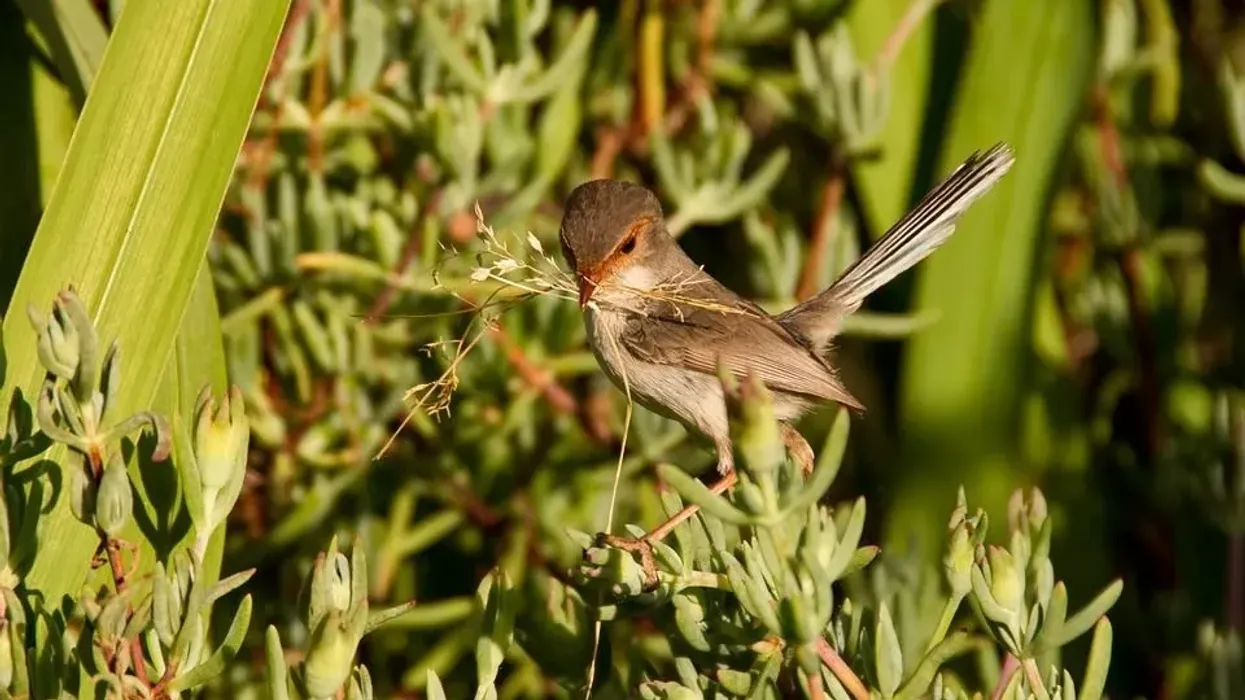The silver flying fox (Crossocheilus reticulatus) was named by an American zoologist Henry Weed Fowler. It is also known as the Reticulated Siamese Algae Eater, Fishnet Flying Fox, and Reticulated Flying Fox.
In recent years, it has gained popularity in the aquarium fish trade, and people from all over the world want this fish as a pet. It lives primarily in the flowing streams of Thailand as a group and is mostly peaceful.
This is an extremely active fish that is known to frequently jump out of the aquarium. Their diet mainly consists of algae. This fish is closely related to the siamese algae eater.
To learn more about the silver flying fox care, size, habitat, and other mind-boggling facts, continue reading. If you enjoy reading about the silver flying fox interesting facts and more, then do check out our articles on horn shark and zebra shark.
Silver Flying Fox Interesting Facts
What type of animal is a silver flying fox?
The silver flying fox (Crossocheilus reticulatus) is a type of active flying fox fish.
What class of animal does a silver flying fox belong to?
The silver flying fox fish belongs to the Actinopterygii class of the Animalia kingdom.
How many silver flying foxes are there in the world?
The population of the reticulated Siamese algae eater is dense throughout its range. However, the exact population size of the silver flying fox is not known.
Where does a silver flying fox live?
Crossocheilus reticulatus inhabits the Chao Phraya River drainage in central Thailand. It is also found in the Mekong river basin in eastern Thailand, Cambodia, Laos, Vietnam, and southern China (Yunnan province).
What is a silver flying fox's habitat?
Silver flying fox (Crossocheilus reticulatus) is a freshwater species that likes clean, flowing streams as its primary habitat. It is also found in lakes with rocks, pebbles, and sand substrates, which are usually in areas with submerged driftwood or tree roots.
They prefer to congregate in such locations mostly throughout the winter.
It will thrive in man made setups such as an aquarium.
However there are certain necessities like ample filtration, moderate to high flow of water and maintaining a subtropical temperature, that is, a water temperature between 680 and 78.80 F (360 and 25.5 C), water pH maintained between 6-7.5, and a water hardness range of 5 and 120 GH is required.
Who do silver flying foxes live with?
The flying fox fish as juveniles are social and shoaling fishes (any group of fish that stay together for social reasons). As it matures and becomes an adult, it may become territorial, establishing a hierarchy within a group of more than six individuals.
When they are placed in groups of less than six members, they display stress and signs of aggression.
How long does a silver flying fox live?
The environment has a significant impact on the lifetime of this species. They may survive for up to 10 years under the right conditions. They may survive for five to seven years in less than ideal conditions.
How do they reproduce?
Sexual behaviors and techniques in this species have received little attention. They display sexual dimorphism, with females being bigger and heavier than males.
There is no to minimal evidence to show the success rates of this species being bred in an aquarium. In certain cases, species that are alike have been coaxed to reproduce by artificial reproduction utilizing hormone treatments.
The other flying fox fish species spawn only seasonally. When the weather is dry, they may be found along the streams, and when the water level rises, they can be found in the forest regions.
What is their conservation status?
The conservation status of the silver flying fox fish species(Crossocheilus reticulatus) as Least Concern. The reason being the dense population and abundant occurrence throughout their range.
Silver Flying Fox Fun Facts
What do silver flying foxes look like?
This is a medium sized, sociable fish. The silver flying fox has a long body with a slender abdomen. The back part is either olive green or brown while the front part is yellow white.
A brownish dark line between the mouth and caudal fin can be observed. They have a crimson iris. The dorsal tail and ventral tail are translucent and have a dark band.
How cute are they?
The reticulated Siamese algae eater (Crossocheilus reticulatus) is mainly admired for its color and peaceful nature. They are loved for their shark like appearance.
How do they communicate?
There isn't much knowledge regarding the communication methods of this species. It is believed that they communicate in the same way that all other fish do.
They may communicate through body motions and other physical gestures as juveniles while schooling. As they grow older, they may convey signals through vibrations, chemical releases, and electric pulses. But all of these observations are based on assumptions.
How big is a silver flying fox?
The silver flying fox fish (Crossocheilus reticulatus) is 4.7-6 in(12-15.2 cm) long. It is the same size as a rainbow shark (Epalzeorhynchos frenatum).
How fast can a silver flying fox swim?
This fish is quite active. The exact speed at which they travel is unknown.
How much does a silver flying fox weigh?
This fish weighs between 4.3-56 oz (120-1600 g).
What are the male and female names of the species?
The male and female specimens of the fishnet flying fox despite showing sexual dimorphism do not possess specific names.
What would you call a baby silver flying fox?
The baby silver flying fox fish can be called a fry or fingerling. Some people might even refer to them as juveniles or young fish.
What do they eat?
For the most part, they are algae eaters hence the name reticulated siamese algae eater. They are mostly herbivores but might eat other foods such as aquatic animals, insects, shrimps, and crustaceans when needed.
Due to the poor metabolism of this species foods with high protein content must be avoided else huge amounts of fat might start settling in their organs resulting in organ failure.
They largely feed on plants such as spinach, zucchini, lettuce, and live planarians and enjoy frozen foods too. They are hunted by pythons, crocodiles, goannas, owls, sea eagles.
Are they dangerous?
The silver flying fox fish (Crossocheilus reticulatus) is generally a peaceful fish. However, sometimes it can exhibit violent behaviors and fight to the death with other species, none of these things cause harm to humans.
Would they make a good pet?
This fish is also known as a reticulated siamese algae eater makes an excellent pet. They do nicely in an aquarium and with other tank mates.
You should exercise caution when selecting their tank mates; otherwise, they may become bullies and make life difficult for the tank mates. Aside from that, you might want to cover up the aquarium, because considering their combat abilities, the odds of them making a jump out of the tank are very high.
Did you know...
All the flying fox species as they grow become territorial and display signs of aggression.
Almost all the silver flying fox fishes old in markets are not brought from the habitat instead they are bred specially for commercial purposes using artificial methods.
Is a silver flying fox the same as a Siamese algae eater?
No, while the silver flying fox fish and the Siamese algae eater are closely related groups of fish that enjoy the same freshwater conditions, are found in the same areas, and feed on plants, there are a few distinctions that are not always obvious.
The former has a black dorsal line that is straight, whilst the latter has a zigzag dorsal stripe.
Their lips also have a distinct corner.
The silver flying fox fish has loose hanging flesh, but the Siamese Algae Eater does not.
They are both algae eaters, however, the Siamese Algae Eater consumes more algae than the silver flying fox fish. Finally, the Flying Fox's scales are uniformly colored, but the scales of Siamese Algae Eater have a range of colors with black borders.
Are flying foxes school fish?
Flying foxes as juveniles are school fishes. When they become adults they show territorial behaviors. They become aggressive when kept in groups lesser than six members. This is why it is best kept in a huge aquarium.
Schooling in fishes is behavior they exhibit wherein many fishes come together and act as a single organism.
Here at Kidadl, we have carefully created lots of interesting family friendly animal facts for everyone to discover! For more relatable content, check out these codfish facts and sucker fish facts for kids.
You can even occupy yourself at home by coloring in one of our free printable silver flying fox fish coloring pages.
Main image by H.rolof.
Second image by 5snake5.









